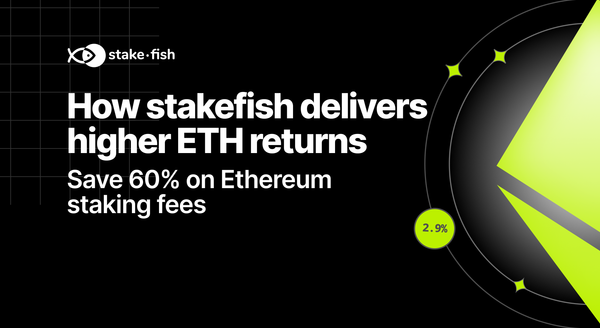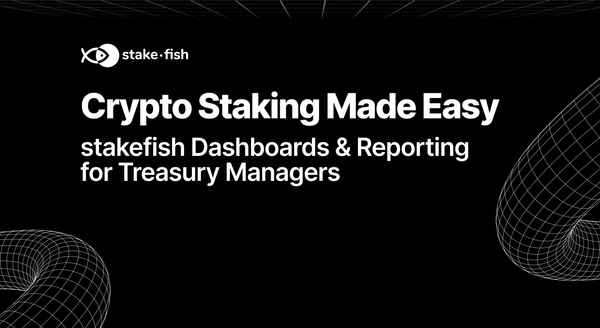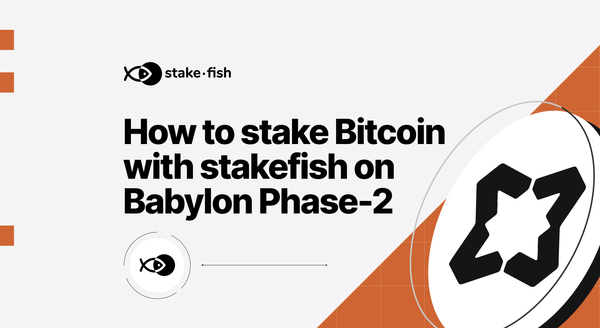Proof of Stake: A Brief History
While the rise to prominence of Proof of Stake networks is relatively recent, the idea isn’t. The first public mention of the idea was…

While the rise to prominence of Proof of Stake networks is relatively recent, the idea isn’t. The first public mention of the idea was back in 2011, when Bitcoin was just two years old. Among other suggested improvements, BitcoinTalk user QuantumMechanic presented the idea as a way to lower transaction fees and speed up transaction confirmation, and even introduced the idea of delegation.

Beginnings
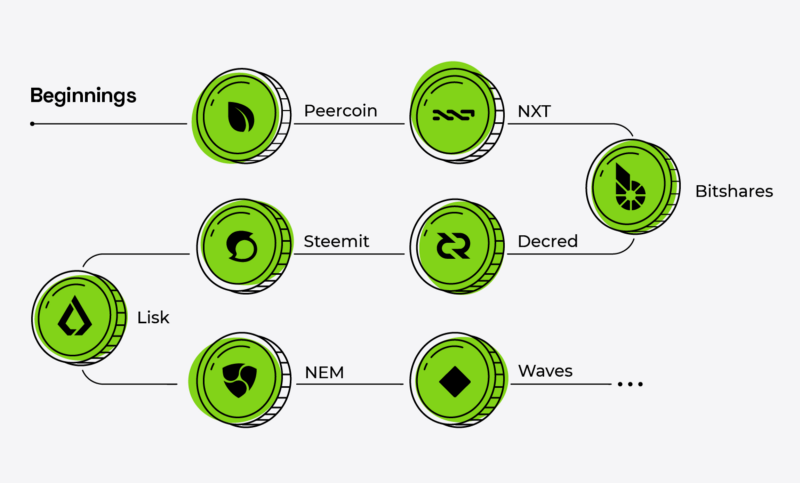
Peercoin, which is still around today, was the first cryptocurrency project to implement a form of Proof of Stake. Peercoin was initially based on a hybrid approach. In the network’s infancy, miners created new Peercoin tokens via Proof of Work as a way to achieve a more decentralized distribution than a premine or token sale. Today, most new coins are “minted” by stakeholders, but some PoW mining still goes on in the background.
Peercoin was followed by other Proof of Stake projects like Nxt, but it wasn’t until 2014 that research, development, and interest in Proof of Stake kicked off on a wider scale. 2014 was the year Jae Kwon released the Tendermint whitepaper, Vitalik Buterin proposed slashing for the first time, and Daniel Larimer launched BitShares, the first blockchain network to use the Delegated Proof of Stake consensus mechanism later used by projects like Steemit (2016), Lisk (2016), and eosio (2018).
Decred, combining Proof of Work and Proof of Stake in a hybrid system, came in 2016, and still has a strong and dedicated following today.
First Wave
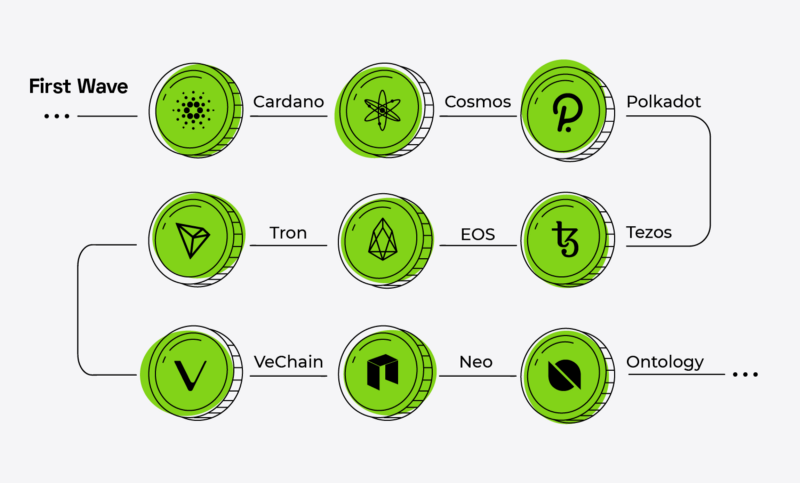
The seeds for the blossoming of the Proof of Stake ecosystem were planted in 2017 with the fundraising efforts of what would eventually become some of Proof of Stake’s most important projects, including Cardano, Cosmos Network, Polkadot, Algorand, and Tezos.
Cardano and Tezos are both smart contract platforms like ethereum with some unique features of their own, while Cosmos and Polkadot are the two major players in the field of blockchain interoperability.
The intervening years were focused on active development. Tezos launched in 2018, followed by Cosmos and Algorand less than a year later.
Development of these projects came to a head in 2020, a landmark year for the maturing PoS ecosystem. This year alone, we saw the mainnet launches of Polkadot, NEAR, Celo, Elrond Network, Harmony, Matic, Oasis, and SKALE. Established projects also had major feature additions and upgrades, such as the launch of Inter-Blockchain Communication on Cosmos. Phase 0 of Ethereum 2.0, in which the network will begin the transition from Proof of Work to Proof of Stake, is expected to be released as soon as the end of this year.
New Wave
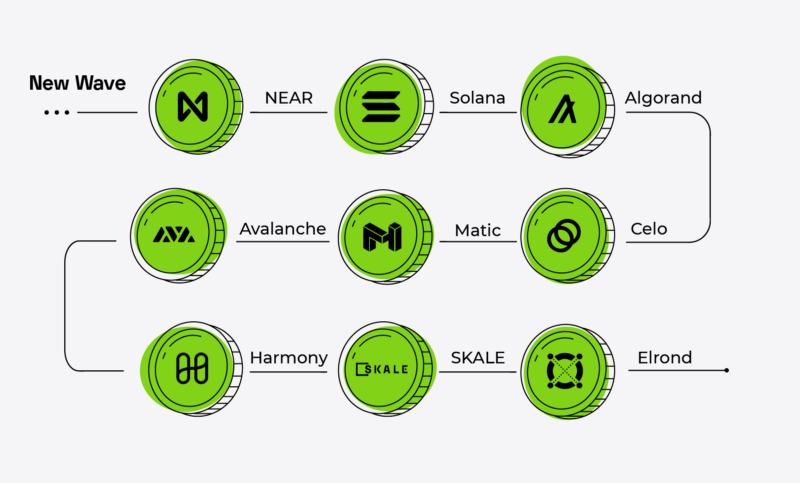
2020 also saw the entrance of a new wave of players in the PoS arena. Scalability-focused projects like NEAR Protocol and Solana are generating a lot of buzz and being touted as potential alternatives to Ethereum, which is currently dominating the smart contract platform market.
Because of its dominant position in the blockchain landscape, Ethereum’s upcoming transition to Proof of Stake will be one of the most important events in the history of Proof of Stake so far. Take a look at our beginner’s guide or our more advanced exploration for an overview of the transition and its importance.
Proof of Stake has come a long way since its inception on a Bitcoin message board almost ten years ago, carving out a prominent place for itself in the crypto landscape. We’re excited to see what the next ten years will bring!
The Proof of Stake world is growing so fast, it can be hard to keep up. Follow our PoS Round-Up series for updates every two weeks!
Website: https://stake.fish
Telegram: https://t.me/stakefish
Twitter: https://twitter.com/stakefish
Instagram: https://www.instagram.com/stakedotfish


